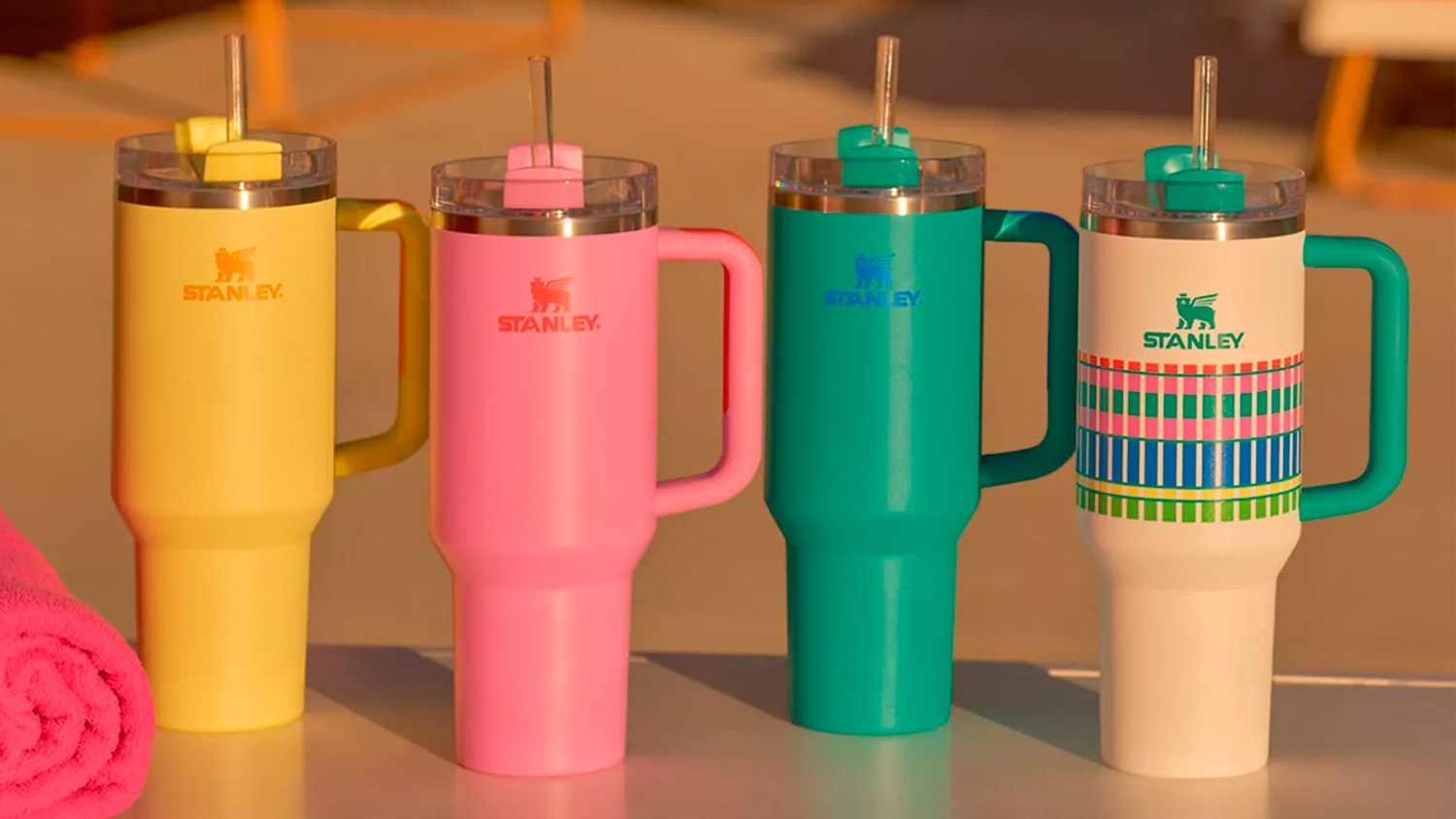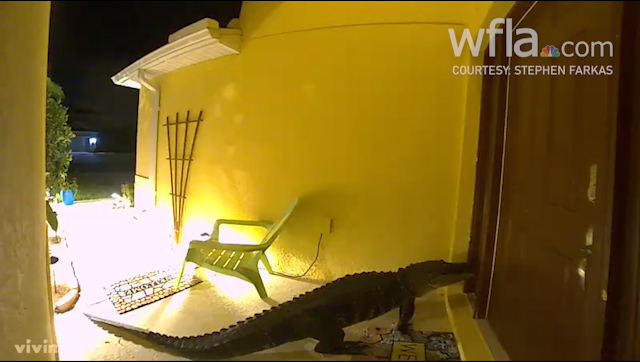MANATEE COUNTY, Fla. (WFLA) – Manatee County recently ramped up its efforts to address red tide. One of the goals of the county’s proactive measures is to keep fish kills and other marine debris associated with red tide from reaching the beach. So far, the county has collected about 28 tons of biomass.
Crews have been spending hours every day raking the beaches along Anna Maria Island to keep them as clean as possible. Contracted shrimp boat captains are on standby to be deployed to capture offshore red tide-related debris before it reaches land. In addition, the county’s drone team is collecting data and surveying the conditions multiple times a week.
“This is the first time we have approached it from really the air, land, and sea to mitigate the effects of red tide both on our communities as well as our economy,” said County Administrator Dr. Scott Hopes last week.
The county launched its drone program in 2018. Since then, the local government has utilized drones in a wide variety of scenarios.
“We use them for emergency response, monitoring red tide, we used them for Piney Point, we also use them for thermal roof inspections, general site visits, and construction visits,” explained one of the program managers, Lea Harper.
Harper explained how the drone technology helps the county in its ongoing mitigation efforts.
“We are looking for any kind of biomass such as sea grasses, we are looking for fish kills, we are looking for discoloration of the water, any kind of weird foam that tends to go along with the presence of red tide,” said Harper. “With that, we are able to go ahead and report back to our team at the county who then disseminates information to our water crews and also our contractors as needed to investigate it further or do a clean up operation.”
Harper says the drone team’s efforts relating to red tide have been “hugely successful” so far.
“I am proud of what we are doing and I am proud of the way the group is using this information to go ahead and be proactive. Manatee County we are very fortunate where we are right now that we are kind of between the two blooms and it is not as bad as it could be. We are able to continue to be proactive and keep it that way,” Harper said.

